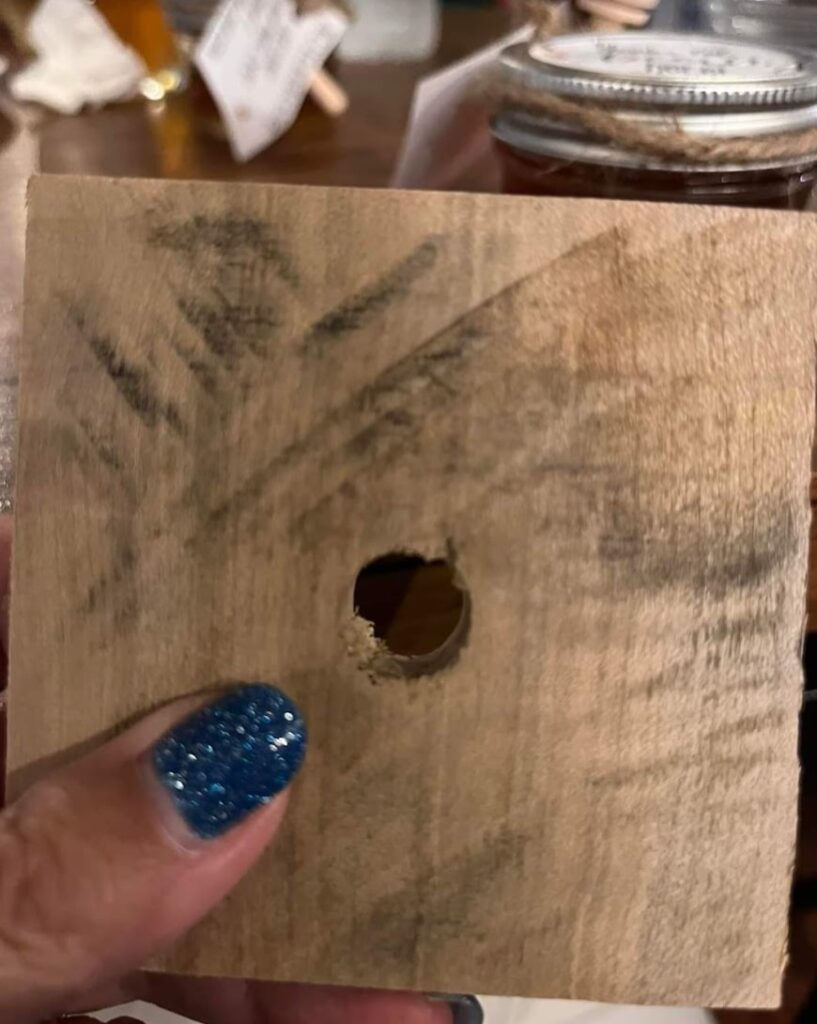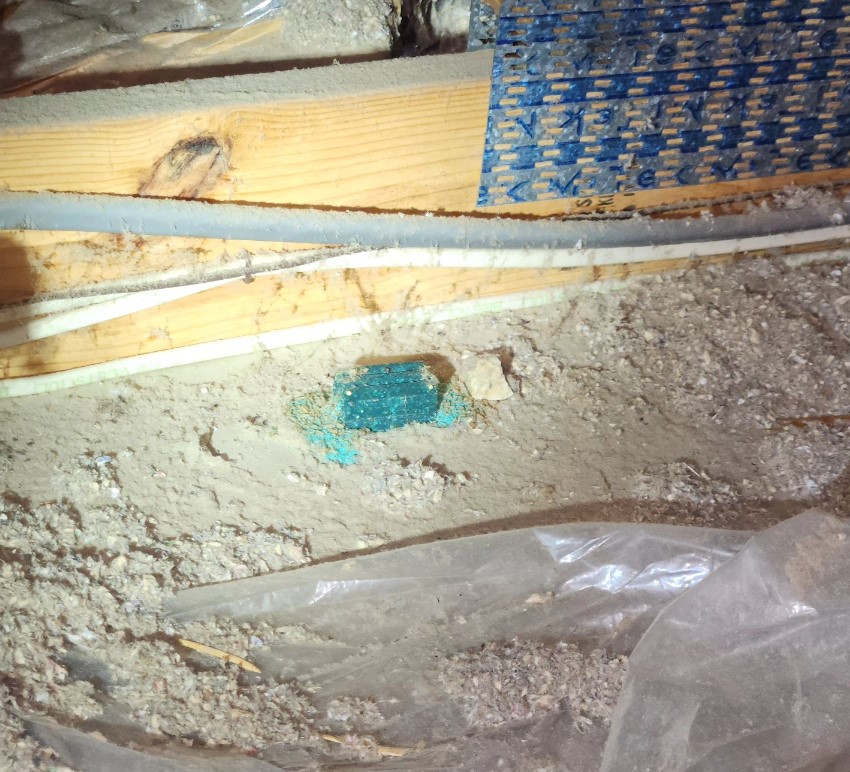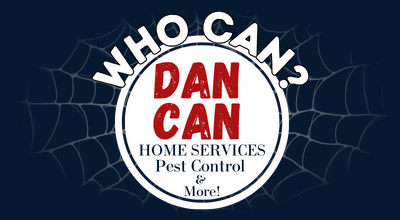As the cooler months roll in, pests like mice and rats start seeking warmth, and your home or business becomes an inviting shelter. Rodent infestations can lead to serious health risks, damage to property, and unwanted stress. Last night, at the Greater Toms River Chamber of Commerce networking event, Dan “The Bug Man” Latini of Dan Can Home Services shared his expert advice on what to look out for and how to protect your space from rodents this fall.
Why Rodents Are a Fall Problem
During the fall, as temperatures drop, rodents instinctively seek warm, sheltered places to nest. They often find their way into homes and businesses through small cracks and openings that most people overlook. Once inside, they can cause significant damage to insulation, wiring, and even your HVAC systems. Rodents are also known carriers of diseases, which can become airborne, contaminating your living spaces.
According to the Centers for Disease Control and Prevention (CDC), rodents can spread over 35 diseases, including salmonella, hantavirus, and leptospirosis. These diseases can be transmitted through direct contact with rodents, their urine or droppings, or by breathing in contaminated air.
Common Entry Points for Rodents
Rodents can squeeze through tiny openings, some of which may surprise you, like the quarter inch hole drilled into this piece of wood which is large enough to accommodate a rat. During his presentation, Dan emphasized the importance of inspecting your property for potential entry points. Here are some common areas to check:
- Gaps Around HVAC Lines: These are often unsealed, providing an easy entryway for rodents.
- Crawl Space Vents: Any breaks in the screening can allow rodents to enter your home or business.
- Downspouts and Siding: If downspouts aren’t sealed at the bottom, rodents can climb up and gain access to your attic or crawl spaces.
Dan shared a surprising fact: mice can fit through holes as small as 1/8 of an inch, while rats only need a gap of 1/4 inch. These tiny gaps are often overlooked, but they provide easy access for rodents.

The Dangers of Rodents in Your Home
Once inside, rodents can create a range of problems. Dan pointed out that attics are a common nesting site, where rodents use your insulation as a comfortable place to breed. Unfortunately, many homes have air handlers in the attic, circulating air throughout the home. If you have a rodent infestation, the bacteria and viruses present in rodent droppings and urine can spread through your HVAC system, potentially contaminating the air your family breathes.
According to the National Park Service, rats and mice can spread diseases not just through direct contact but also through contaminated food and surfaces. The risk is especially high for businesses like restaurants, where contamination could pose a serious threat to public health.
Rodent Control Best Practices
When it comes to rodent control, it’s essential to take a proactive approach. Dan shared several best practices to help prevent rodents from entering your property and to manage an infestation if it occurs:
1. Seal Entry Points
The first and most critical step is to thoroughly inspect your property for any potential entry points. Seal all cracks, gaps, and openings around doors, windows, and HVAC lines. Ensure that vents are properly screened and downspouts are secure.

2. Use Safe, Responsible Rodent Control Methods
Dan highlighted the importance of using safe and responsible rodent control products. Inside rodent baits is an anticoagulant. Mice and rats eat this and they die off. He warned against simply throwing rodent bait blocks into attics or crawl spaces, as rodents can cache (store) food, potentially moving these baits to areas where they can be harmful, such as kitchen drawers or children’s play areas. Always use bait in tamper-resistant lock boxes to ensure that only rodents can access them.
He also discussed the dangers of using snap traps in accessible areas, especially where children are present. These traps can cause serious injuries if mishandled. Dan recommends placing all traps in lock boxes to keep them out of reach of children and pets.
3. Rodent Proofing for Businesses
For commercial properties, especially restaurants and food-related businesses, it’s crucial to follow strict rodent-proofing guidelines. Dan emphasized that using rodent baits in a commercial kitchen is illegal unless they are placed inside a lock box. Regular inspections and safe baiting practices are essential to maintaining a pest-free environment and ensuring compliance with health regulations.
Trust Dan Can Home Services for Expert Rodent Control
As Dan concluded his presentation, he reiterated the importance of proactive pest control. With rodents being such a persistent issue during the fall, now is the time to take action and secure your home or business from unwanted guests.
Dan Can Home Services ranks among the top pest control providers in Ocean County, New Jersey. With nearly 100 five-star reviews in just his first year of business, Dan is committed to delivering personalized, safe, and effective pest control solutions. Whether you’re dealing with a mouse infestation in your home or need rodent-proofing for your commercial property, Dan Can Home Services is here to help.

Call Dan Can Home Services Today!
Don’t let rodents take over your home or business this fall and ensure a pest-free environment.
